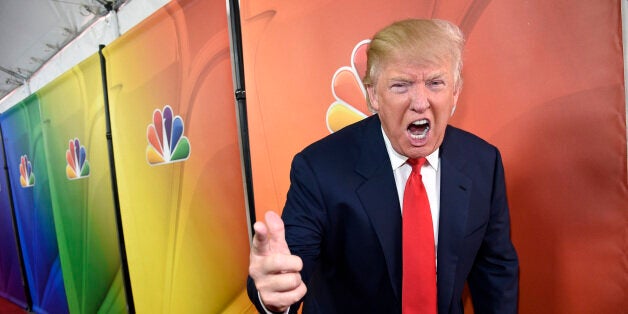
What can we expect from a Trump administration in the field of financial services? The short answer is the dismantling of the post-financial crisis regulatory framework erected under Obama. Is this something one should worry about? The answer is yes, very much so. The headline aim in banking and financial services reform is expressed on the President-elect's transition website as the dismantling of Dodd-Frank. Trump has spoken about replacing Dodd-Frank with a 21st century version of Glass-Steagall, a policy that has met with popular approval.
What is Dodd-Frank, and why has it become the main target of a Republican shake-up of US regulation? Let us start by admitting that everyone is unhappy with financial regulation. The left because it doesn't go far enough, the Republicans and the financial services industry because it increases compliance costs and restricts the kinds of products available, putting pressure on profit margins. Dodd-Frank was the Congressional response to the 2008 financial crisis. Enacted in 2010, it contained measures designed to prevent future financial crises and, if they happen, deal with their consequences. It also heralded a new era in consumer protection in the financial services industry. The Act represented the most significant state intrusion in financial markets since the Great Depression.
Trump's team is projecting the message that replacing Dodd-Frank, perhaps by bringing back Depression era legislation, is the solution. The Banking Act of 1933 (known as the Glass-Steagall Act) separated commercial-banking and securities activities at Wall Street firms and was one of the most important legislative responses to the failures of the Depression. It is touted as being simple, short, inexpensive and successful in providing for the stability and safety of the US banking system till the beginning of the century. Why not bring it back then?
The Republican message is that measures such as Glass-Steagall worked until the Clintons took them all away, paving the way for the financial crisis. A Trumpian deal which swaps Dodd-Frank for Glass-Steagall brilliantly delivers on campaign promises in one stroke, we are told. Indeed, enthusiasm for Glass-Steagall is rife on both sides of the aisle. Resurrecting it was advocated by Elizabeth Warren, Bernie Sanders, as well as the Republican convention.
Could this work? The short answer is no. The famous stability and prosperity of US finance after WWII has a lot to do with the network of rules and regulations that restricted bankers from fuelling uncontrollable crises. Glass-Steagall was a big component of this network, but only one piece of a much bigger puzzle. Asking for the return of a single piece of the puzzle makes great soundbites but is disingenuous. It reveals the real objectives of the incoming Trump administration: the dissolution of the post-2008 regulatory framework in order to release the industry from the shackles of state oversight.
Would you like a modern version of Depression era regulation? Indeed, there can be a 21st century version of Glass-Steagall; it is called Dodd-Frank. President-elect Trump is very likely to repeal significant portions of post-2008 regulation, it is true. Don't bet however that he will be bringing back their 1930s forebears.
The above assumes that it is correct to make a direct link between deregulation and financial crises, but is this the case? This is a topic of fierce debate along predictable political divides. Republicans bemoan the bureaucracy and inefficiency of a large regulatory state. Democrats fear what the market can do when left to its own devices. The best explanation of the links between deregulation (or the lack of controls) and crisis was provided by American economist, Hyman Minsky. Markets have an innate propensity towards crisis, he said. Left to their own devices, financiers will combat diminishing profits by taking more and more risks. The result is a tremendous crash sooner or later, in one sector of the economy or another. The conclusion from Minsky's studies and a lot of post-2008 research is that the job of the state is to put the brakes on markets so as to prevent things from getting out of hand. This implies costs and administrative burdens. It necessitates a less dynamic and possibly smaller financial sector. This is the price to pay for stability.
American voters, by electing Donald Trump, thought they were voting for more protection, stricter controls, a harder attitude towards Wall Street and more emphasis on the 'real' economy. Trump's transition plans will deliver precisely the opposite. Banks released from the restrictions of Dodd-Frank is great news for US finance. It is also bad news for citizens. Trump supporters in the Midwest may find delight in the rhetoric of bringing back 'simple' solutions that worked in the past. Let us hope that they will feel the same when the US economy reacts to 'simple' solutions by generating complicated crises.
